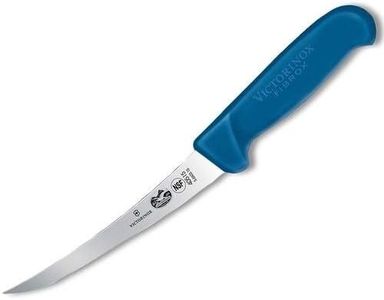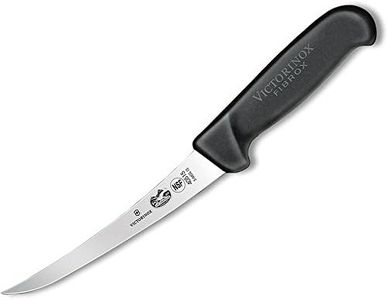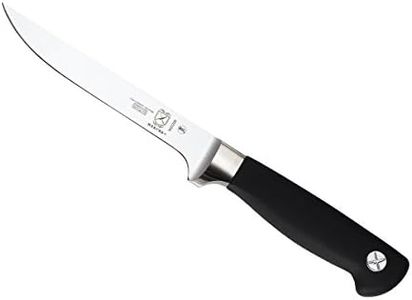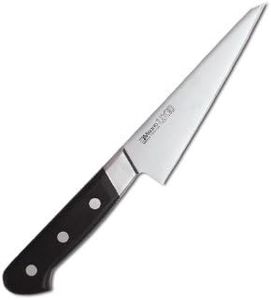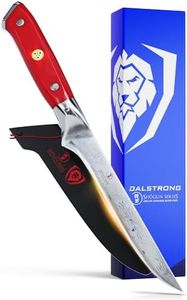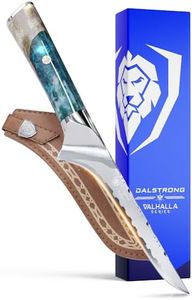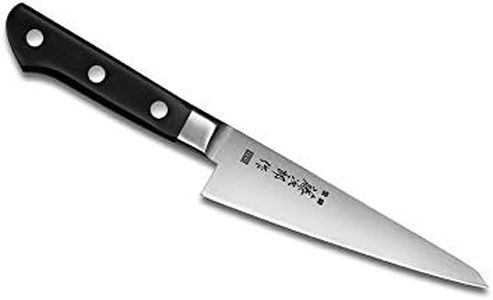We Use CookiesWe use cookies to enhance the security, performance,
functionality and for analytical and promotional activities. By continuing to browse this site you
are agreeing to our privacy policy
10 Best Boning Knives
From leading brands and best sellers available on the web.Buying Guide for the Best Boning Knives
Choosing the right boning knife can make preparing meat, fish, or poultry much easier and more enjoyable. A boning knife is a specialized kitchen tool designed to remove bones from cuts of meat and fillet fish with precision. When selecting a boning knife, it's essential to consider factors such as blade material, flexibility, blade length, handle comfort, and overall weight to ensure it fits your cooking needs and feels natural in your hand.Blade MaterialBlade material determines the durability, sharpness, and ease of maintenance of a boning knife. Most commonly, blades are made of stainless steel or high-carbon steel. Stainless steel resists rust and is easier to maintain, making it ideal for most home cooks. High-carbon steel holds a sharper edge for longer but requires more care to prevent rust. If you want a knife that stays sharp and don't mind some maintenance, high-carbon steel is great. If you prefer low maintenance, go with stainless steel.
Blade FlexibilityFlexibility refers to how much the blade bends when pressure is applied. A flexible blade allows for greater maneuverability, making it excellent for delicate tasks like filleting fish or working with poultry. Stiffer blades offer more control and are better for larger cuts of meat or tougher jobs. If you mainly work with fish or soft meats, a flexible blade is ideal. For red meats and more robust cutting, a stiffer blade is best.
Blade LengthBlade length usually ranges from 5 to 7 inches. A shorter blade (around 5 inches) grants more control and is useful for small or intricate tasks, such as deboning chicken thighs or filleting fish. Longer blades (closer to 7 inches) make it easier to tackle larger cuts of meat and bones. Think about what you’ll use the knife for most often: frequent fish filleting or small poultry jobs call for a short blade, while large roasts and beef cuts are easier with a longer blade.
Handle ComfortThe comfort and design of the handle affect both safety and ease of use. Handles come in a variety of materials like wood, plastic, or rubber. What’s most important is that the handle feels secure and comfortable in your hand, especially if you'll be using the knife for extended periods. Try to find a handle that feels natural and allows a firm grip. For people who process a lot of meat in one go, ergonomic and non-slip handles provide more comfort and control.
WeightThe overall weight of the boning knife impacts how easily you can maneuver it. Heavier knives can provide more power for cutting through thicker meat, while lighter knives give more precise control, which is beneficial for delicate tasks. If you often debone large, tough meats, a slightly heavier knife may feel sturdier. For fine, controlled work, such as working around small bones or intricate cutting, a lighter knife will make detailed tasks easier.


